Some photographers are slow to embrace change. Automatic exposure took a surprising time to get established. Part of this would have been a because photographers wanted to stay in control of exposure. But automatic doesn’t mean you have to lose control.
Automatic exposure has been around since the late 1950s, but it started off mainly in consumer-oriented compact cameras. Possibly this association with ‘amateur’ equipment didn’t help adoption in ‘enthusiast’ and ‘professional’ circles.
Programmed leaf shutters
On compact cameras, programmed automatic exposure was often achieved with a single unit. The shutter blades would open up to a particular point to form a (generally irregular) aperture and then close again.
Benefits
Shorter exposures allied with smaller apertures mean that these programmed leaf shutter can sometimes be faster than 1/500th of a second. The shutter doesn’t have to travel the full distance to open and close that you would get with a ‘classic’ leaf shutter such as those used on the Hasselblad.
For longer exposures, the aperture opens up more. The depth of field of the lenses used tends not to show the more eccentric shapes of aperture used. As the aperture is changed throughout the exposure, there should be fewer hard edges to bokeh (as much as bokeh can be appreciated on lenses that wide).
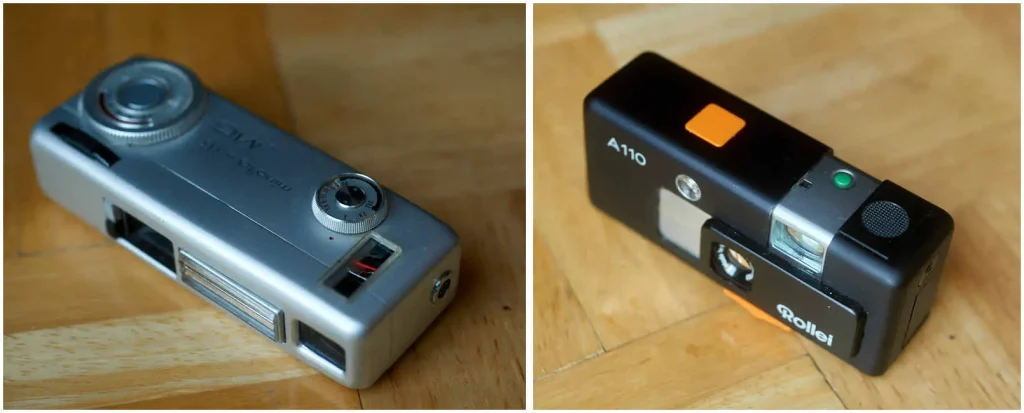
Compact cameras
On a compact camera, fixed programmed exposure is generally perfectly satisfactory. The lenses used in these cameras do not naturally suit differential focus because innate depth of field is wide to start with and apertures wider than f/2.8 are rare.
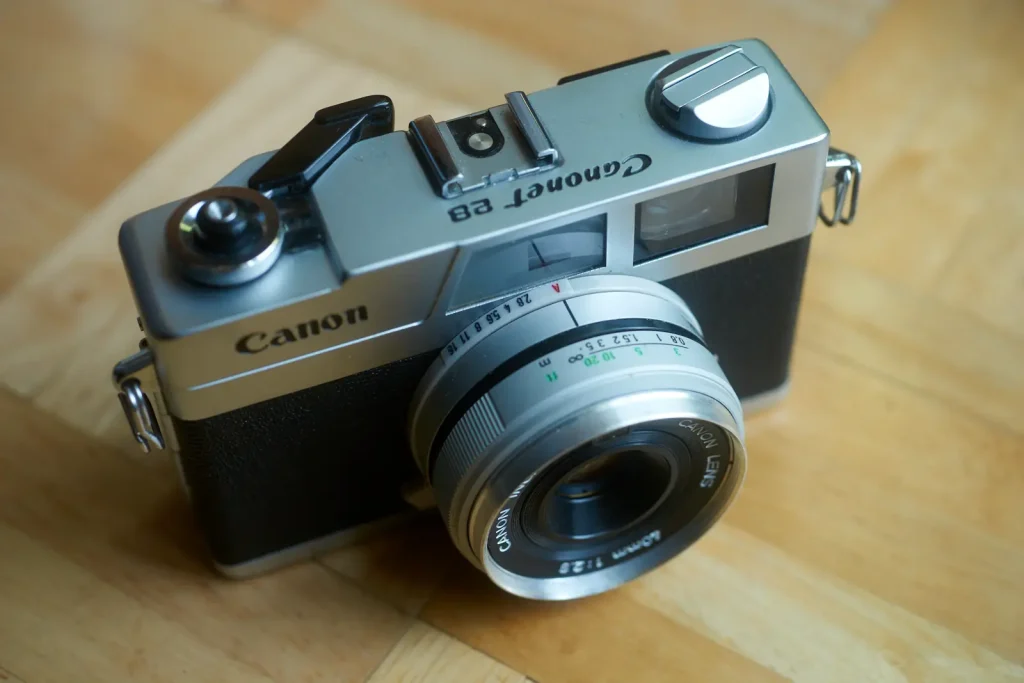
The sophisticated option
Sophisticated cameras that feature interchangeable lenses and focal plane shutters often have a ‘P’ mode you can ‘shift’. This feature allows you to choose alternate combinations to give a faster shutter speed or a smaller aperture.
This effectively gives you the best of both worlds. The camera will automatically set you a shutter speed and aperture combination that suits the available light and the focal length of the lens you are using. You then have the ability to overrule that suggestion in favour of a wider aperture or a slower shutter speed.
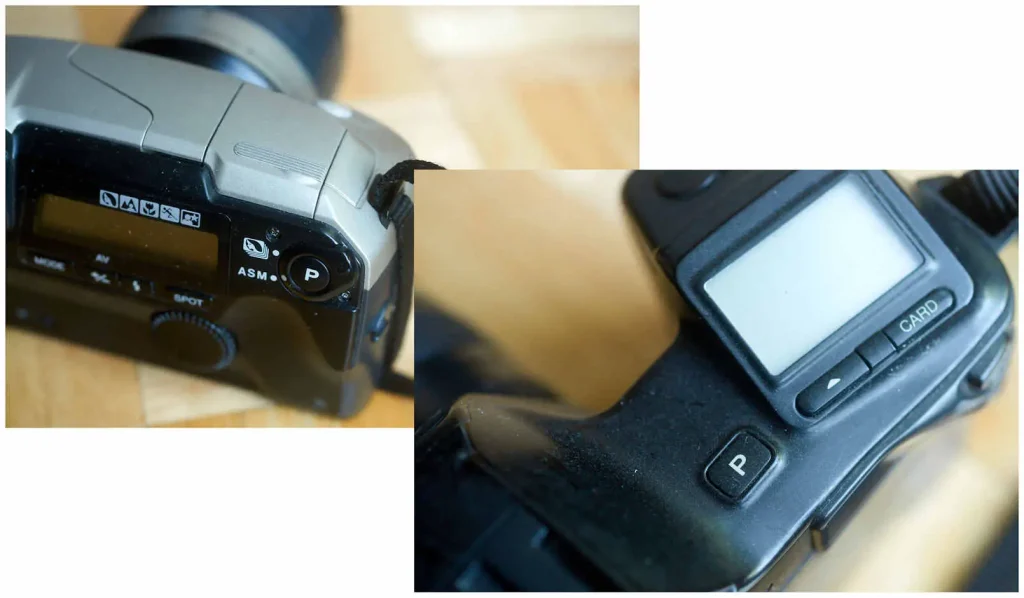
The obvious choice
I’ve long taken the position that the bulk of what makes a photograph good is subject and composition. Programmed exposure allows me to concentrate my attention on those items while exposure is taken care of. If I have program shift or some form of backlighting over-ride, I can then apply them to achieve the exact effect I’m after.
Programmed exposure is great, it is flexible and allows us to get on with taking the picture. Programmed exposure is so good that everyone should use it.
I should use it.
However, when I set a dial on a camera with a choice of exposure modes, I have tended to avoid ‘P’. Why?
Why
I blame my upbringing and peer pressure.
I first got interested in photography back in the 70s. ‘Real’ photographers frowned on auto exposure. Men were men (not necessarily in a good way), light meters had needles and photo mag covers showed a lot of gratuitous bare female flesh. Some decades are best left behind.
If you really had to have auto exposure, it simply had to have a manual override option. The auto exposure should either work on an aperture or shutter priority system. There were heated arguments about whether Aperture or Shutter priority was best within the pro-auto group. These arguments often took place over weeks and months in the letters pages of Amateur Photographer. Gear-heads have always loved a bit of schism.
When programmed exposure arrived in SLRs in the 80s, it was presented as an idiot-proof mode that you would set the camera to before you handed it to a non-photographer.
Programmed auto exposure had an image problem, and it still does.
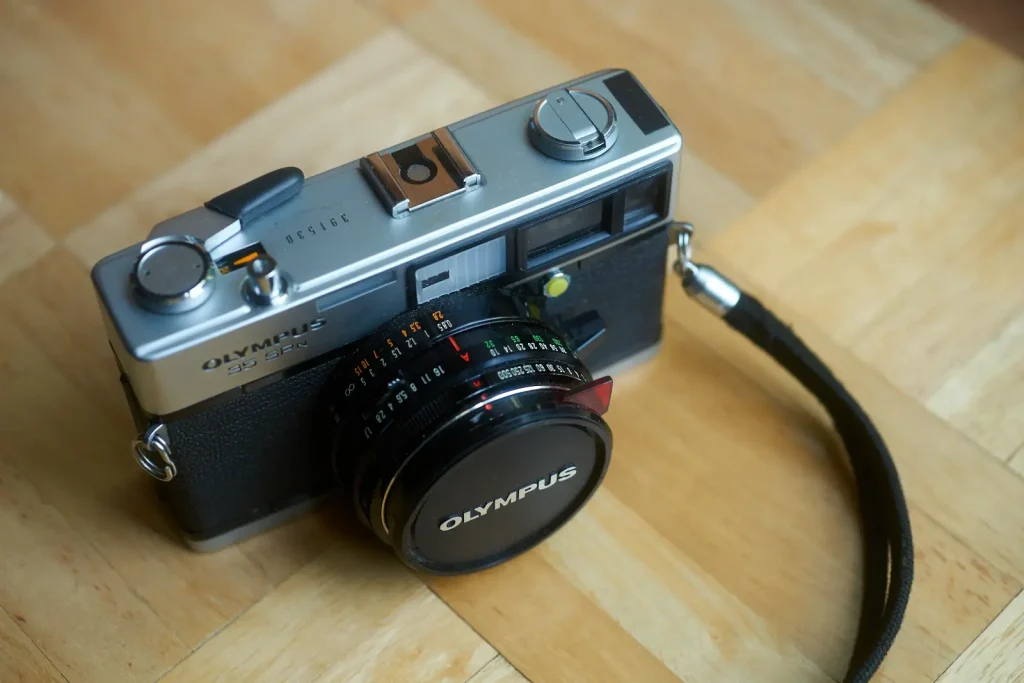
I should know better
Recently I’ve been revisiting a bunch of compact cameras of various formats. A fair few of these have fixed programmed exposure. I’ve been surprised that being denied the ability to fiddle with the exposure has not had an adverse effect on the quality of pictures I’ve been getting from these cameras. Instead, I think that I’m paying more attention to what is in the frame and how my shots are composed.
This has led to me re-evaluating how I use higher end cameras.
For many years I’ve been on the admin team of a photography site for the Minolta/Sony Alpha system community. Because we have a bias for photography rather than gear, we tend to post a lot of our own photographs, and we encourage our members to include the EXIF for their shots along with the images.
Sometimes when posting I’d realise I’d just set the camera to a particular aperture and then shot away with it. I’d have done just as well to have the camera set exposure for each shot. Better perhaps because sometimes the aperture I’d had set would be inappropriate to the light and focal length I was using and ISO would be pushed higher than it needed to be.
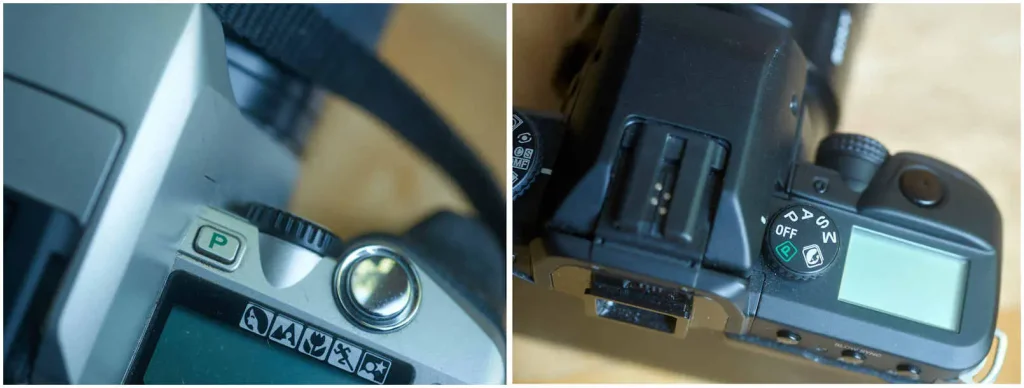
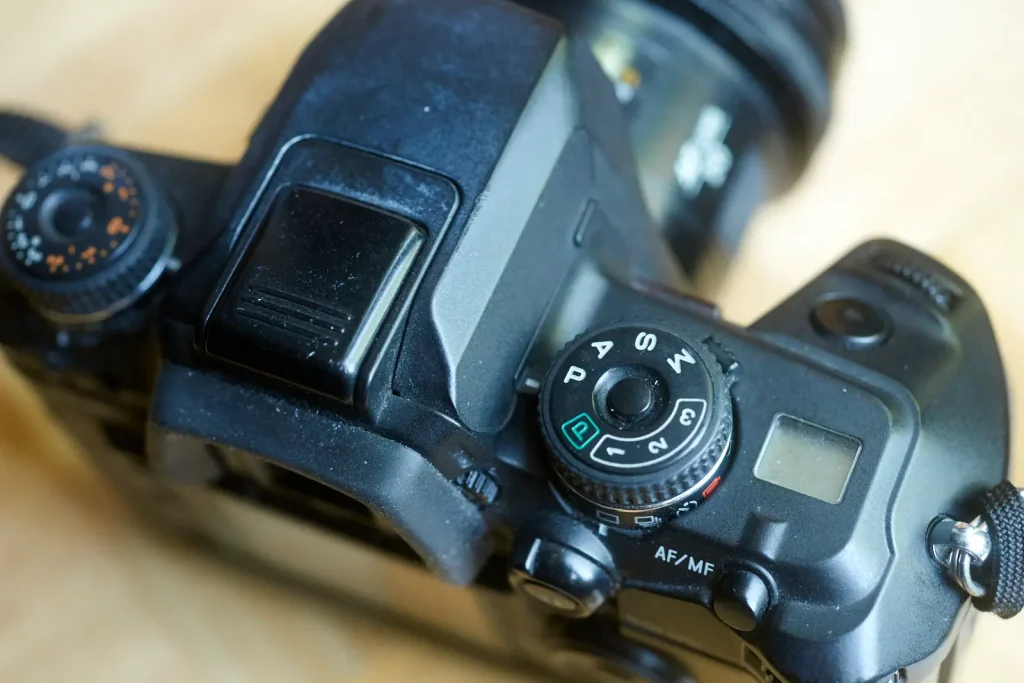
I am a dinosaur, but I’d still like to evolve.
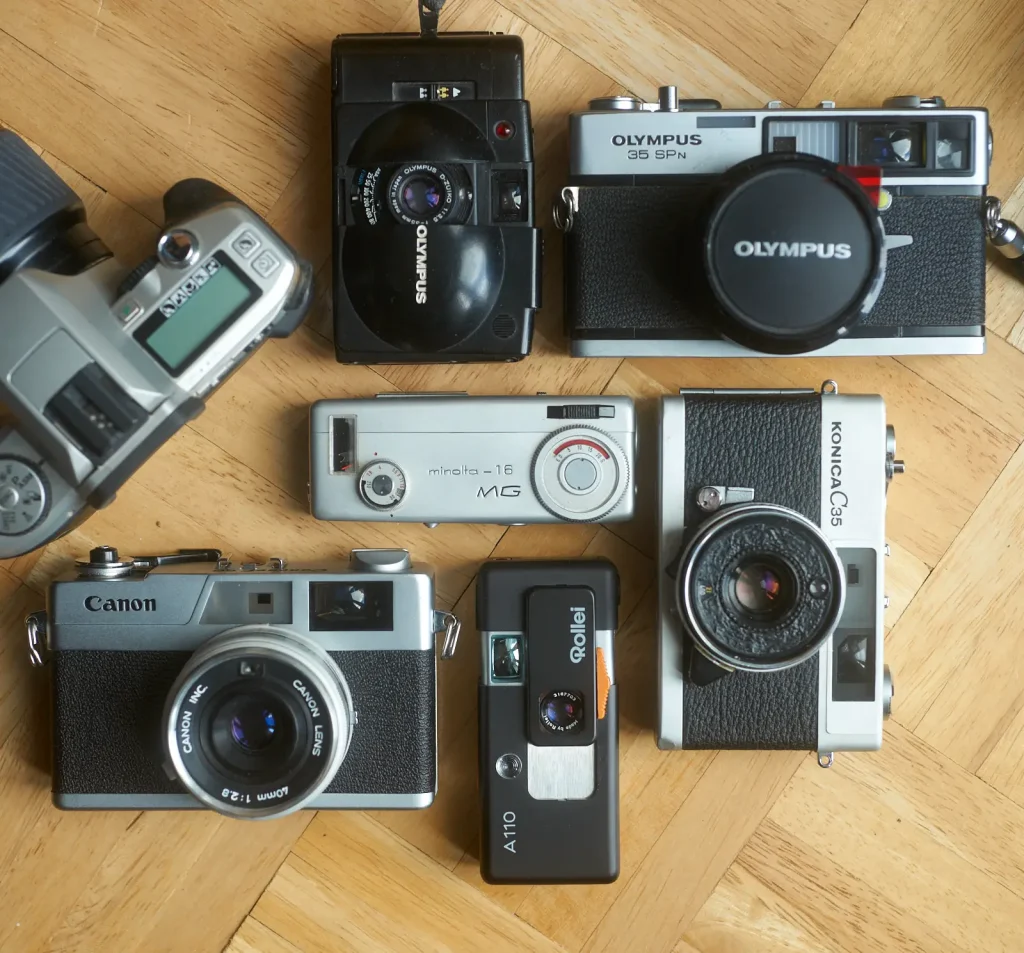
I’m trying to get with the program
I’m not saying that programmed exposure, even if it does have a shift function, is appropriate in all circumstances. When I go to Duxford to shoot flying prop-driven aircraft, shutter priority is the mode that suits. I can specify a shutter speed of around 1/150-1/250. This gives a decent balance between hand-holding longer lenses and getting some movement in the propeller blades. Motorsport is similar, the cars look less static if there is some evidence of rotation in the wheels while on the track.
Where I don’t have a need for a specific shutter speed or aperture setting, I’m trying to forget my baked-in bias. I’m setting the dial to P (with shift) by default. And when I notice that another photographer has their camera set to P, I’m going to try not to make assumptions about their abilities or experience.
I’m not intending to come over evangelical. I’m not saying that one mode is best, or that it can fit everyone. We each need to find a way of working that suits us. However, if you do use one particular mode habitually, maybe take a bit of time to consider the other options, and whether one of them might be P.
Share this post:
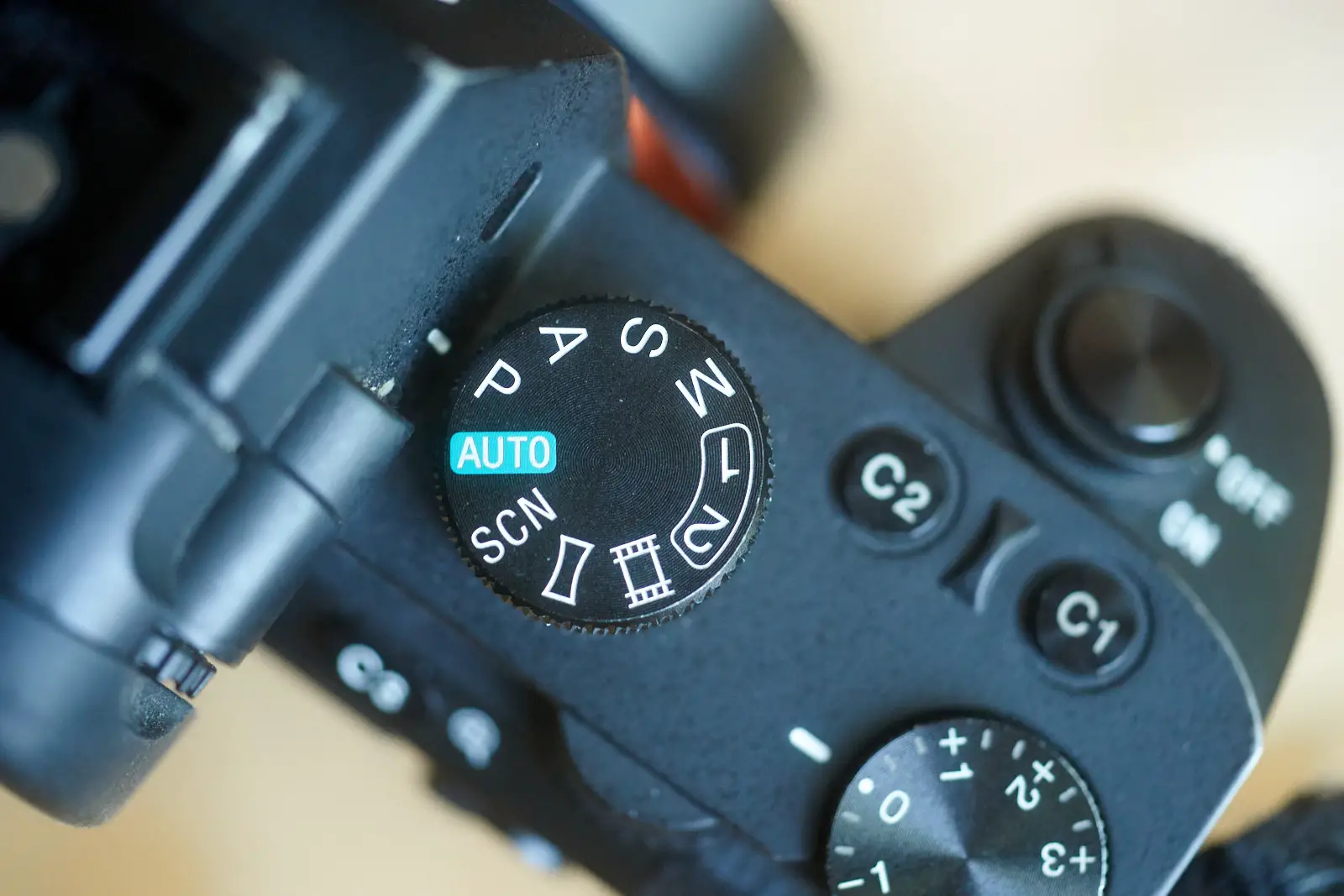








Comments
Clive Shepherd on Heresy! Get with the Program (Mode) – By Bob Janes
Comment posted: 11/06/2021
Manual cameras were for those who wanted photography as a hobby and were willing to develop the skills needed to use them. We took pride in getting the exposure and focus right. Not all customers wanted to deal with the fussy details. It was then, as it is now, about the experience the customer wanted to have. There were cameras for those who only wanted to have pictures and didn't want to know or care about photography and there were cameras that required full understanding of every process and even required the user to separately advance the film and cock the shutter.
Just because a feature can be added to a chip's program and touted as the latest and greatest does not mean it needs to be used.
Today's digital image capturing computers (aka cameras) offer so many options to the end user that it is easy to get lost in the menus and submenus and miss the photo completely. It is still about the experience one wishes to have. My digital is set up to act as the cameras of my youth. I use Aperture priority when I want to take advantage of zone focusing, Shutter priority when shutter speed is of the essence, and Manual with my new favorite, auto ISO, to combine the two. Full manual is still my go to for tricky metering situations.
Older manual focus lenses are used most of the time with pre-focusing and zone focusing (including hyperfocal applications) techniques having the camera ready for instantaneous shooting. Auto focus lenses are okay sometimes but they are bulky and often a compromise.
Once the decision of the experience and/or end product one is after is decided upon the challenge is refine the gear and necessary technique and enjoy.
To often, as photographers, we get lost in the equipment, specs and exposure data. What works in a single moment in time belongs to that moment. As a current camera store employee I respect put it best, "Imagine Michelangelo and Da Vinci meeting in Heaven. Would one immediately ask the other, 'What brush did you use to paint that?'"
Alan Jones on Heresy! Get with the Program (Mode) – By Bob Janes
Comment posted: 11/06/2021
AZD on Heresy! Get with the Program (Mode) – By Bob Janes
Comment posted: 12/06/2021
Legend has it that in the 1980's my father-in-law traded, straight across, a Leica with three lenses for... wait for it... a Nikon FG and 36-72mm zoom. I don't know which Leica and lenses, but it's safe to say knowing wouldn't make a camera enthusiast feel any better. However, the FG with its P mode and zoomy-zoom was, practically speaking, the better tool for making 4x6's of kids and dogs from Kodak Gold.
Years later, as the recipient of the (now defunct) FG and 36-72mm, do I feel the same? Absolutely not And apparently neither does my mother-in-law, whose father brought the Leica from Germany. It's a sore subject to this day.
Chip G on Heresy! Get with the Program (Mode) – By Bob Janes
Comment posted: 12/06/2021
Charles Embrey on Heresy! Get with the Program (Mode) – By Bob Janes
Comment posted: 15/06/2021
When shooting digitally I don’t use Raw, because my straight-out-camera JPGs look the same as converted CR2 files—ain’t custom functions wonderful.
Charles Embrey on Heresy! Get with the Program (Mode) – By Bob Janes
Comment posted: 15/06/2021
Comment posted: 15/06/2021